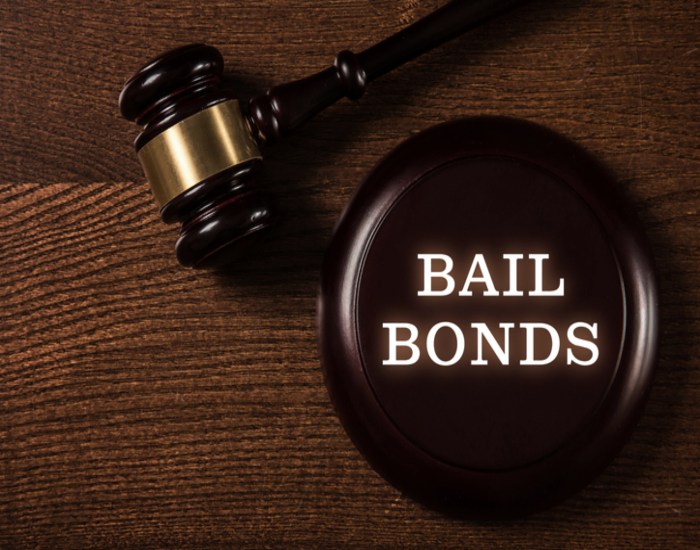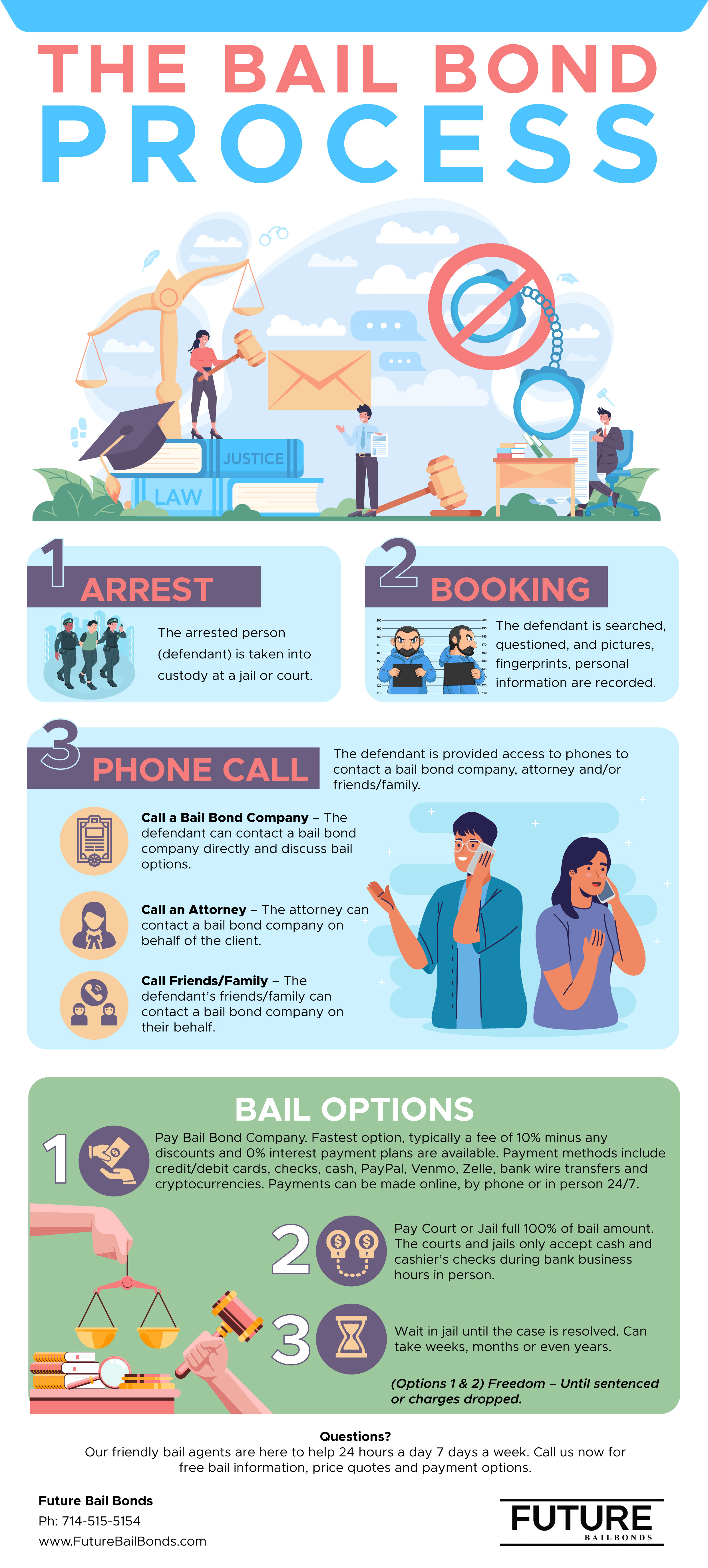You or someone you know could be arrested for all kinds of reasons. When this happens, you’ll face some relatively severe financial consequences. Contrary to what many people believe, being arrested doesn’t mean you must spend many nights in jail. What tends to happen is the court issues a bail amount to secure your release. Pay this, and you can go home while you wait for your trial.

It’s a useful system – the only problem is that bail amounts can be in the tens of thousands of dollars range. The average person doesn’t have access to this much cash, meaning they must seek alternative financial solutions to handle this scenario. You could obtain a personal loan, but time is an issue. The longer it takes to post bail, the longer you’ll spend in a prison cell. That’s why the bail bonds system was introduced – but what is this, and how does it work?
A bail bond is a surety bond that covers the full cost of bail while you’re in prison. You obtain one from a bail bond company by paying a small service fee. This will be 10% of your bail amount and can be paid all in one go or across a finance plan. The bail bond is issued to the courts, and you’re released from jail until your case is resolved. Instead of paying $5,000 all at once to post bail, you only pay $500.
Many people use bail bonds to afford the costs of being arrested, especially when the bail amount is extremely high – or posting bail would lead to further financial complications. It’s an excellent money management tip when times are tough. There’s a handy infographic below that explains the entire bail bond process in more detail to demonstrate what happens and how quickly you can resolve this situation:

Infographic designed by: Future Bail Bonds



